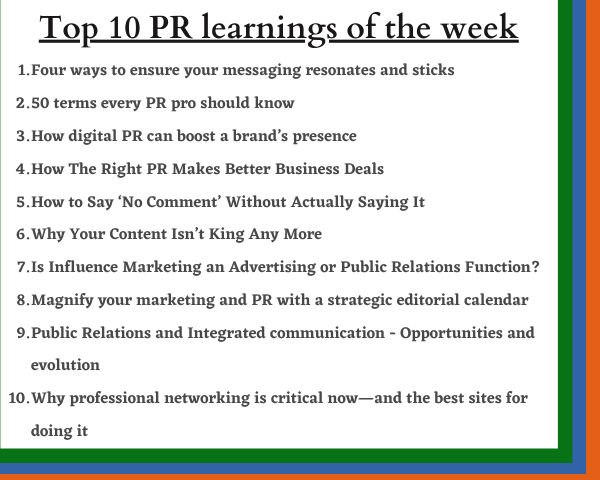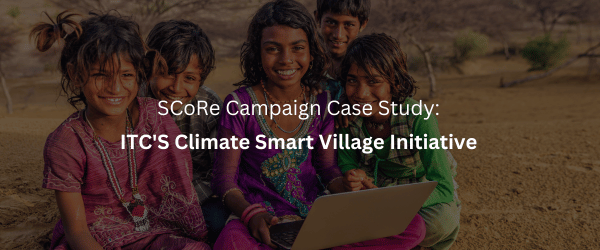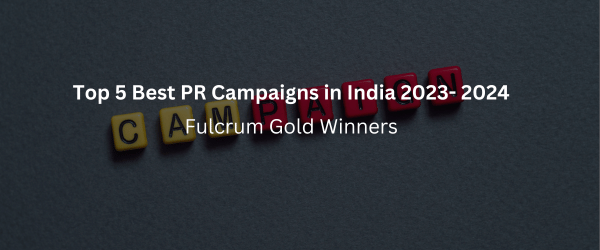
How influencers impact the buying decisions of customers?
September 9, 2020
After Effects of Dove Campaign
September 16, 2020A weekly compilation of top 10 Knowledge Resource that will help you if you are in PR
1
4 ways to ensure your messaging resonates and sticks
Envision the last time you presented new information to a group of employees in an extended session of one to three hours.
Were you:
- Rolling out new software and how they will access it to maintain their own file?
- Explaining a new or revised policy?
- Leading a training session?
As a communicator, you probably asked your audience several times during the presentation: “Do you understand?”
Here are four ways to make sure that others really do understand what you’re communicating.
2
50 terms every PR pro should know
Whether you’re just kick-starting your communications career, you’ve stumbled into a position that requires a little more PR know-how than you bargained for, or you’re trying to promote your own business, the world of PR can seem intimidating. Industry leaders throw around terms like SEO, micro-influencer or Barcelona Principles – it can certainly be confusing to professionals new to the field. We’ve put together a list of some of the most commonly used PR words and phrases so you can walk into your next meeting speaking the language of PR. Industry pros, what else would you add to this list?
3
How digital PR can boost a brand’s presence
Digital PR is an approach utilized to improve awareness of a brand using online techniques. Indeed, it is somehow similar to traditional PR in multiple ways. However, it is the best way to reach a broader audience that is impossible to reach using offline approaches. It relies on various internet-based aspects such as influencer outreach, content marketing, social media, and SEO to make the most impact.
Digital PR can improve the visibility and the online presence of a brand. Using digital PR approaches, any static information can be changed into conversations. A strong digital PR firm, as well as a full-service digital marketing agency with professional PR capabilities, can directly speak to their target audience at any time of the day. Be it at noon or even midnight, they can reach the audience. Once the company links up with the target audience, they can begin a dialogue to shed light on the products or services. They can also spread the news and any other crucial info that relates well to the audience.
4
How The Right PR Makes Better Business Deals
Although some call it “free advertising,” public relations isn’t free. It’s not even cheap. Like any other business investment, it’s only worthwhile if it pays off. The best PR programs are designed to meet business objectives, from product visibility to expansion into new markets. A successful PR campaign can also support or accelerate a liquidity event or deal – like an IPO, strategic acquisition, or merger.
A liquidity event is not only a good reason to invest in public relations, but it’s one situation where the right PR strategy can drive a higher valuation for the deal.
In that case, the right PR team can help. Some executives are reluctant to share their end game, due to the unpredictability of market conditions or because they don’t want employees to be unsettled. But it’s a good idea to make your PR team aware of a critical business goal. That way the organization can be well positioned for a deal that may happen months or years down the road. Here’s how the right PR strategy can help prepare for a liquidity event.
5
How to Say ‘No Comment’ Without Actually Saying It
It’s possible that a reporter will ask a question you’d rather not answer.
Most are asked during a PR crisis–the greater the crisis, the more likely the questions.
But not all questions that a PR pro might want to avoid are the result of PR crises or illegal acts. Some are just plain embarrassing for the company.
Admittedly, the answers suggested below will not deter a good journalist from seeking more information elsewhere. They will provide responses other than No comment. For many people, No comment is tantamount to admitting guilt and/or suggests that you’re hiding something.
6
Why Your Content Isn’t King Any More
“Content is king” has been a very common phrase in the marketing field for years. This mantra has certainly become part of our language, maybe even part of our DNA.
But I think this is one of those common phrases that we take for granted that may actually be meaningless. You probably know it, somewhere deep inside. I think something else is the king.
Let’s unwrap that today.
First let me say that I am addressing this subject on a very high level for a diverse global audience. Some people may chime in and argue, “well what about ???” … and I will say, “of course.” There are lots of exceptions. But let’s look at the big picture and the over-arching trend.
7
Magnify your marketing and PR with a strategic editorial calendar
Arguably, there has never been a time where looking forward to the upcoming year required a greater need for careful thought and planning to ensure business success. With the world in flux, the science media landscape is extremely noisy, and as a media relations professional, you’re going to have to figure out a way to rise above it all to generate visibility for your company. So, how do set your company up for maximum media coverage over the next year? Start by building an editorial calendar for your organization!
Regardless of whether you’re marketing for life science, healthcare, or any other industry, don’t take the construction of an editorial calendar lightly. It may be tempting to think of it as a low priority project and offload this assignment to an intern or less experienced team member. But in reality, while it may look easy to build an editorial calendar full of potential media opportunities, the calendar is only as valuable as the quality of thought and consideration put into it.
8
Public Relations and Integrated communication – Opportunities and evolution
Prime Point Foundation in association with PreSense and NGPL*
presents
Saturday Talk – Episode 8 – 12th Sep 2020 – 4 pm
Mr Vikram Kharvi, Vice President, Adfactors PR, the leading PR Agency in South Asia shares his views on “Public Relations and Integrated communication – Opportunities and evolution”
During the session, he will share as to how the corporates, small and mediaum industries, including individuals can make use of the PR and Communication for their branding and marketing. He will also share the various career opportunities in this domain for youngsters.
9
Is Influence Marketing an Advertising or Public Relations Function?
Onalytica evolved from the public relations and communications side of the marketing world rather than the advertising side. As a result, its approach to influence marketing is decidedly different than many of the advertising-oriented tools you find on the marketplace. It’s almost as if Onalytica stands as the PR argument for influence marketing philosophy while IZEA and others champion the more transactional approach.
The British software company also brings to mind another conflict in perspective for me. I think of Onalytica’s approach to communications as very “British” if you will. Communications and public relations seems to have a more academic background in Britain in my experience. American comms and PR seems to be much closer to a spray-and-pray, just-drive-impressions approach.
10
Why professional networking is critical now—and the best sites for doing it
With very few in-person meetings since March, COVID-19 has made building rapport more difficult than ever. No face-to-face meetings, events, or conferences to attend. No hands to shake. To some extent, what connects us as humans has been lost. And many in comms and PR roles have felt the impact, with far fewer ways to make meaningful connections through professional networking.
Technology has, to a degree, helped us maintain and build relationships without having to physically meet. Digital alternatives, including online meetups, webinars, communities, forums, Q&A sites, social media, content, profiles, and portfolios can fill the void to provide those in the industry with multiple opportunities to showcase their skills, while also being able to connect with like-minded individuals, and listen and learn from others.




